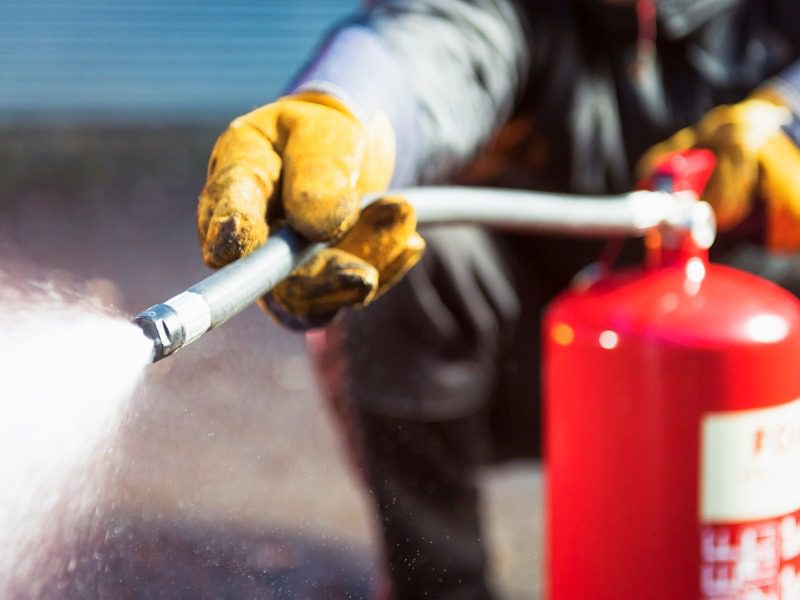How insurers can trim their environmental remediation costs

Insurers can trim their environmental remediation costs by shopping around for more than one site estimate, recommends Lori Festarini, environmental director at Charles Taylor.
That may involve getting technical support or peer-reviewed cost estimates, she elaborates.
“One way of managing the costs is getting multiple estimates,” she advises. “Don’t rely on one professional to provide one estimate. Get multiple estimates from not only the consultant, but the contractor.
“Having someone peer review something provides the ability for the carrier to make sure that the costs are in line with industry standards [and] are reasonable based on the work that’s being done.”
Festarini gave insurers the heads-up while talking to Canadian Underwriter about current trends in environmental contamination cases. Agricultural spills, historical contaminations and emerging contaminants are among the trending claims in environmental remediation, she says.
“What we’re seeing right now is a lot of agricultural spills, so a lot of liquid nitrogen,” she says. “That might be associated with farms amalgamating across the country. So now we’re seeing bigger organizations handling much more liquid nitrogen that is finding its way into the environment.”
Commercial properties with historical contaminations are also common for remediators to see.
“Historical contamination is usually related to underground storage tanks that have been discovered during a redevelopment of a property, or dry-cleaning facilities that have been operating for years, and that contamination associated with those operations,” says Festarini.
A type of contaminant associated with dry-cleaning operations is known as a dense non-aqueous phase liquid (DNAPL), Festarini says. “Those types of projects associated with dry-cleaning solutions tend to have a long tail—they go on for years, because there is difficulty in retrieving it [effectively] from the subsurface.”
Emerging contaminants such as Perfluorooctane Sulfonate (PFOS) and Perfluorooctanoic Acid (PFOA) — two types of Per- and polyfluoroalkyl substances (PFAS) — are another big topic in environmental remediation.
PFOS and PFOA are commonly used in firefighting foams. “Canada isn’t a manufacturer of that emerging contaminant,” says Festarini, although PFOS and PFOA can find its way into Canadian landfills or wastewater treatment facilities.
“It’s primarily a bigger issue in the U.S. However, we do see it in Canada associated with wastewater landfills and aviation or airports, where that firefighting foam is used.”
When insurers take steps to remediate sites contaminated with PFOS and PFOA, Festarini says it can become costly very quickly.
“With PFOS and PFOA, the regulations across Canada are essentially nonexistent,” says Festarini, although limited regulation exists in British Columbia and Ontario, according to an Environmental Law Bulletin by McMillan.
“The detection limit for PFAS is very low. So that remediation [cost] can tend to be pretty high, because of the low detection limits that you need to achieve to remediate,” Festarini says.
Feature image by iStock.com/georgeclerk







